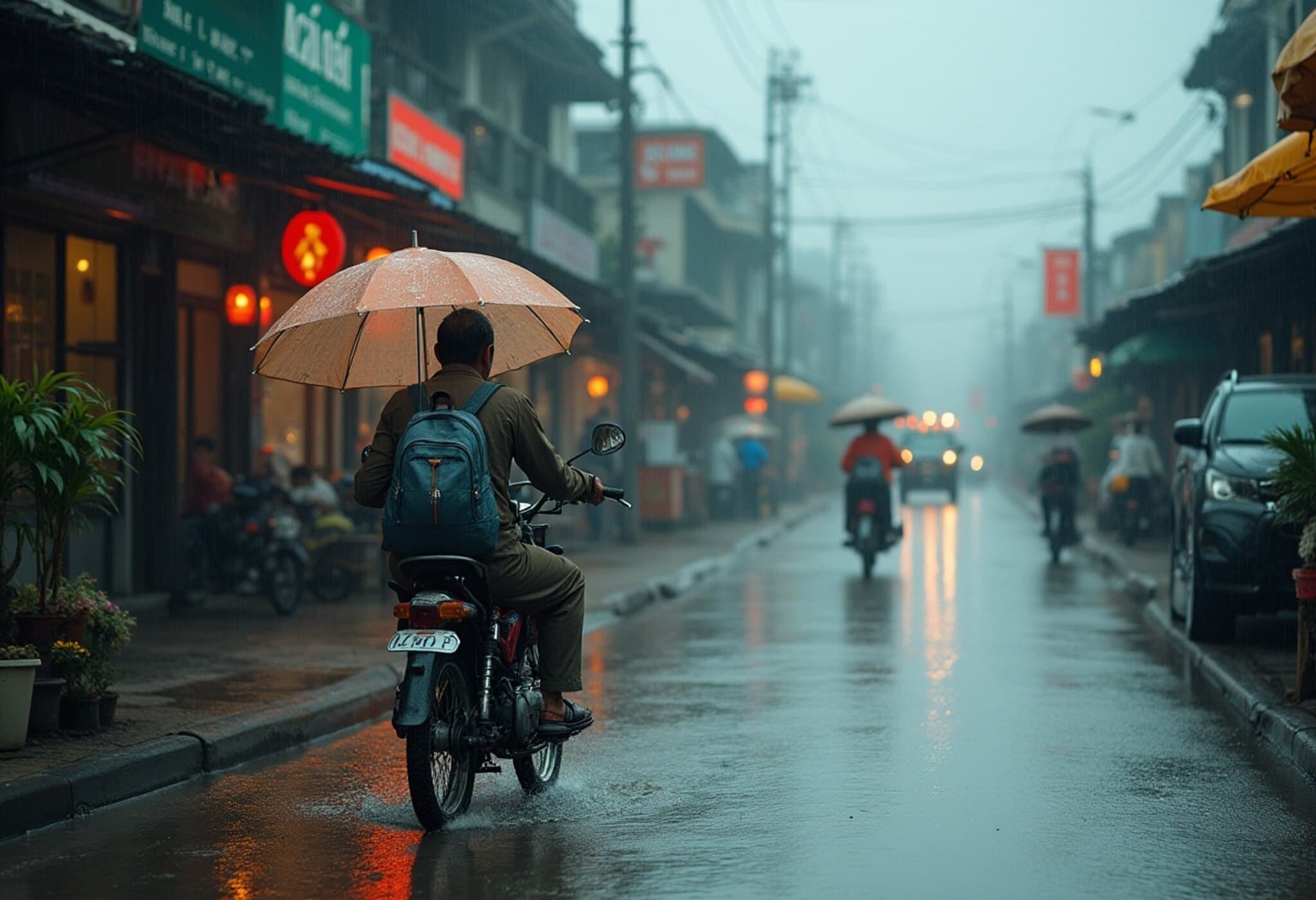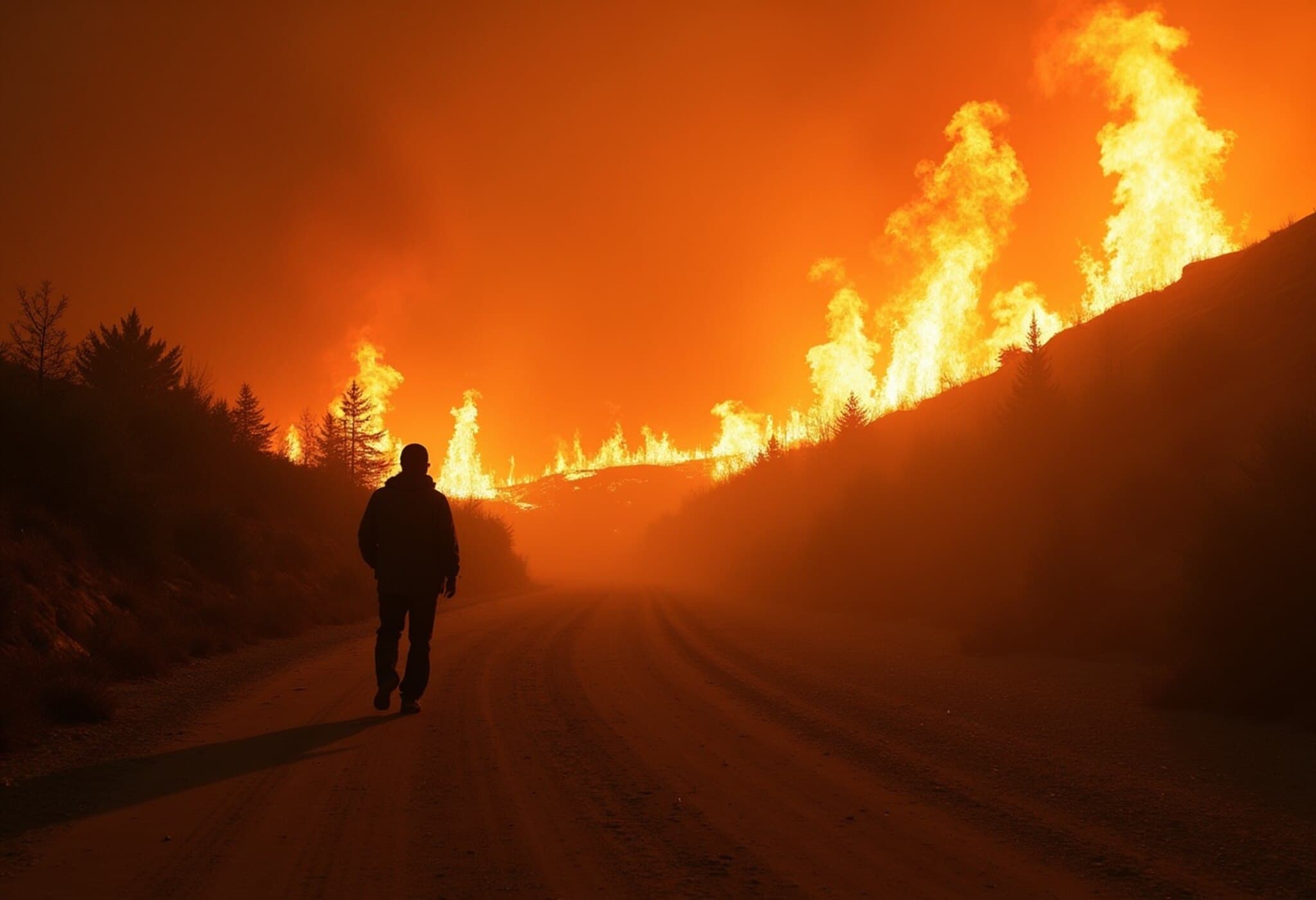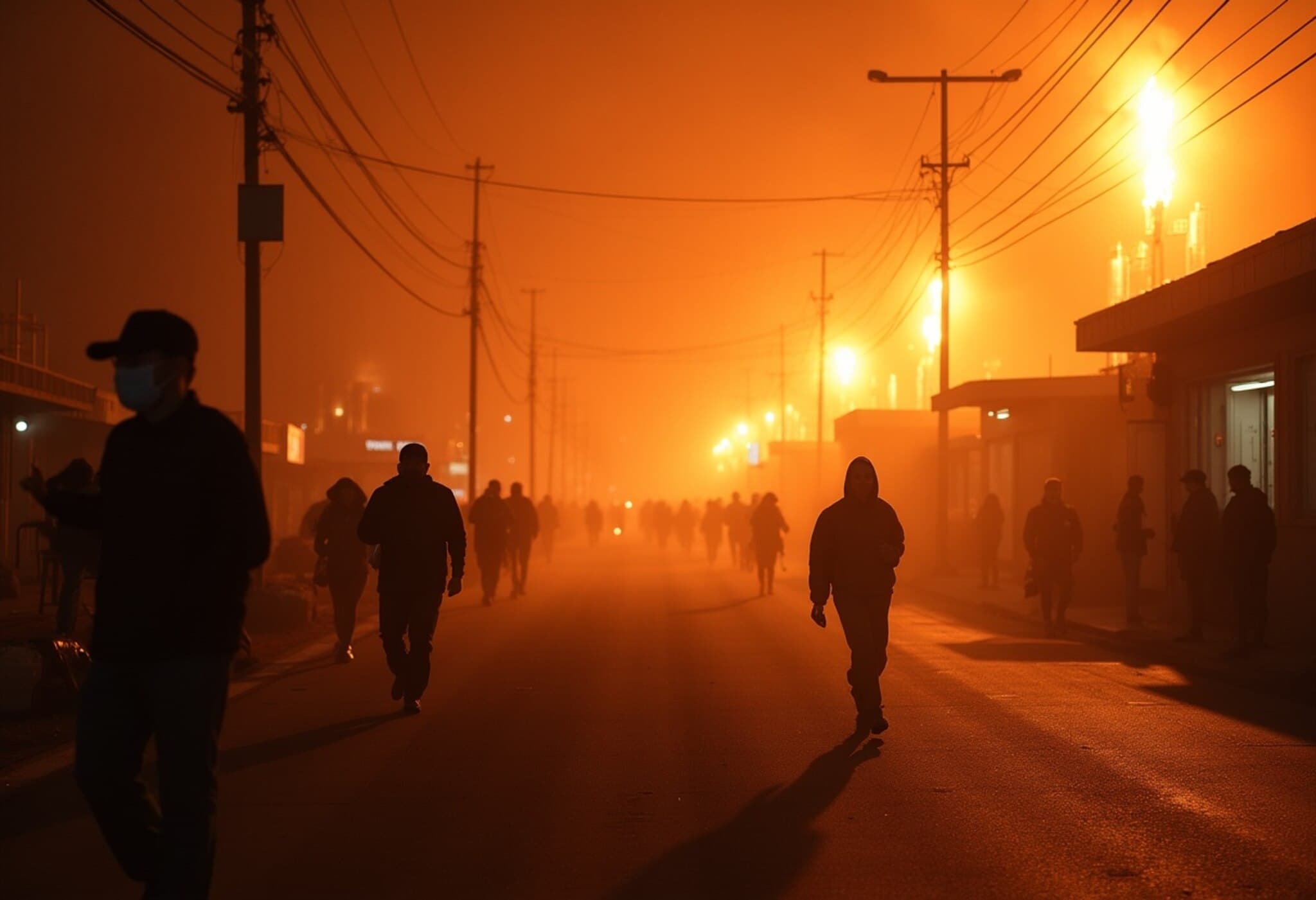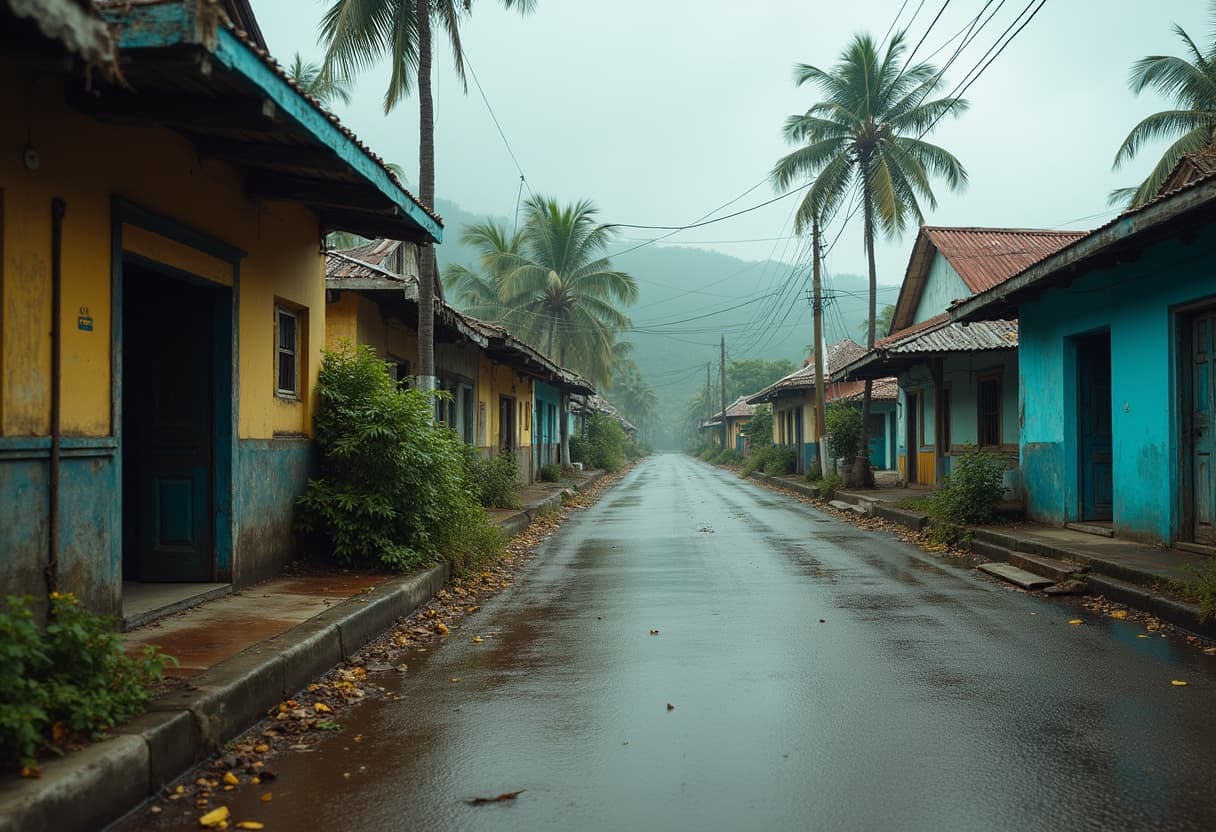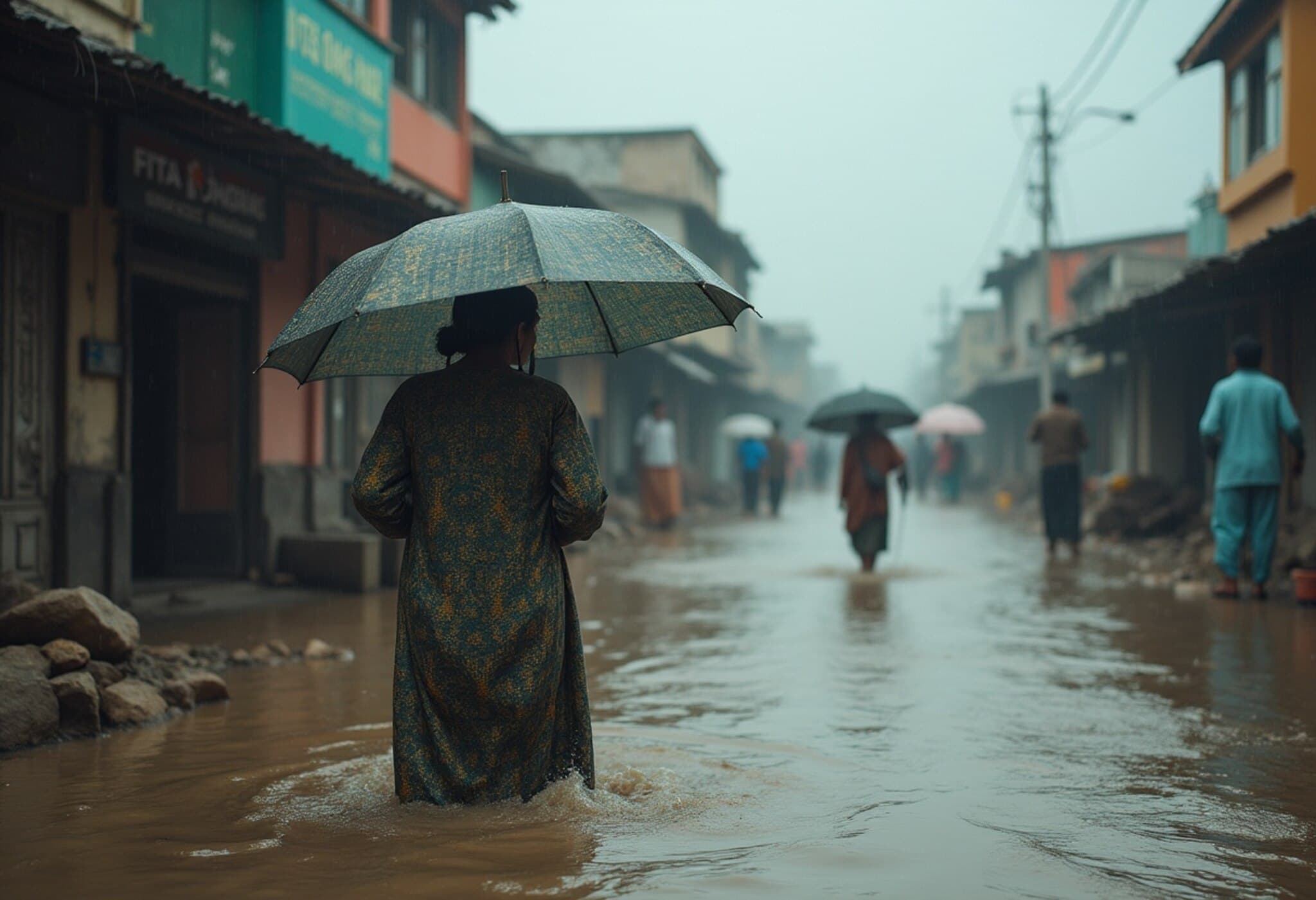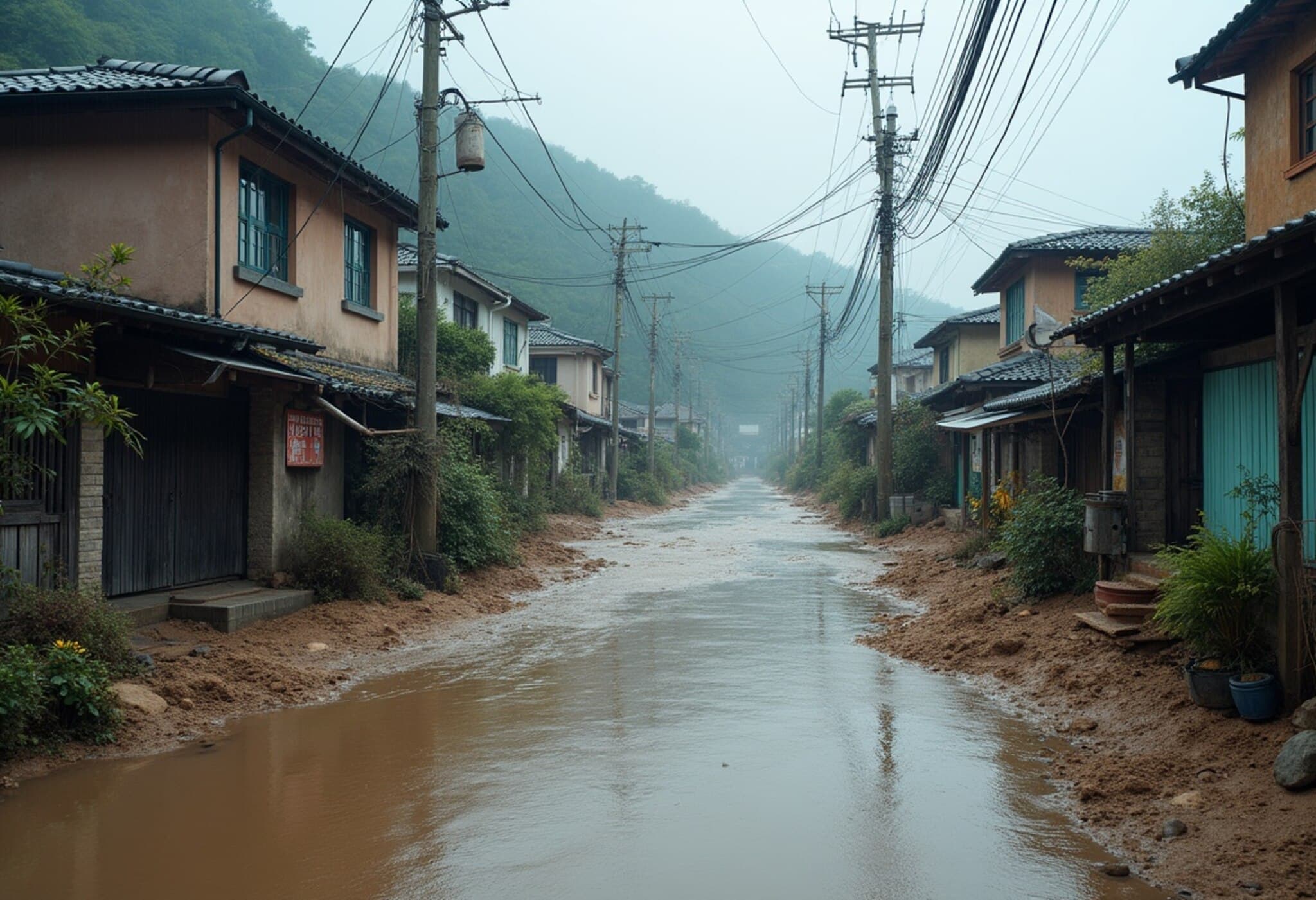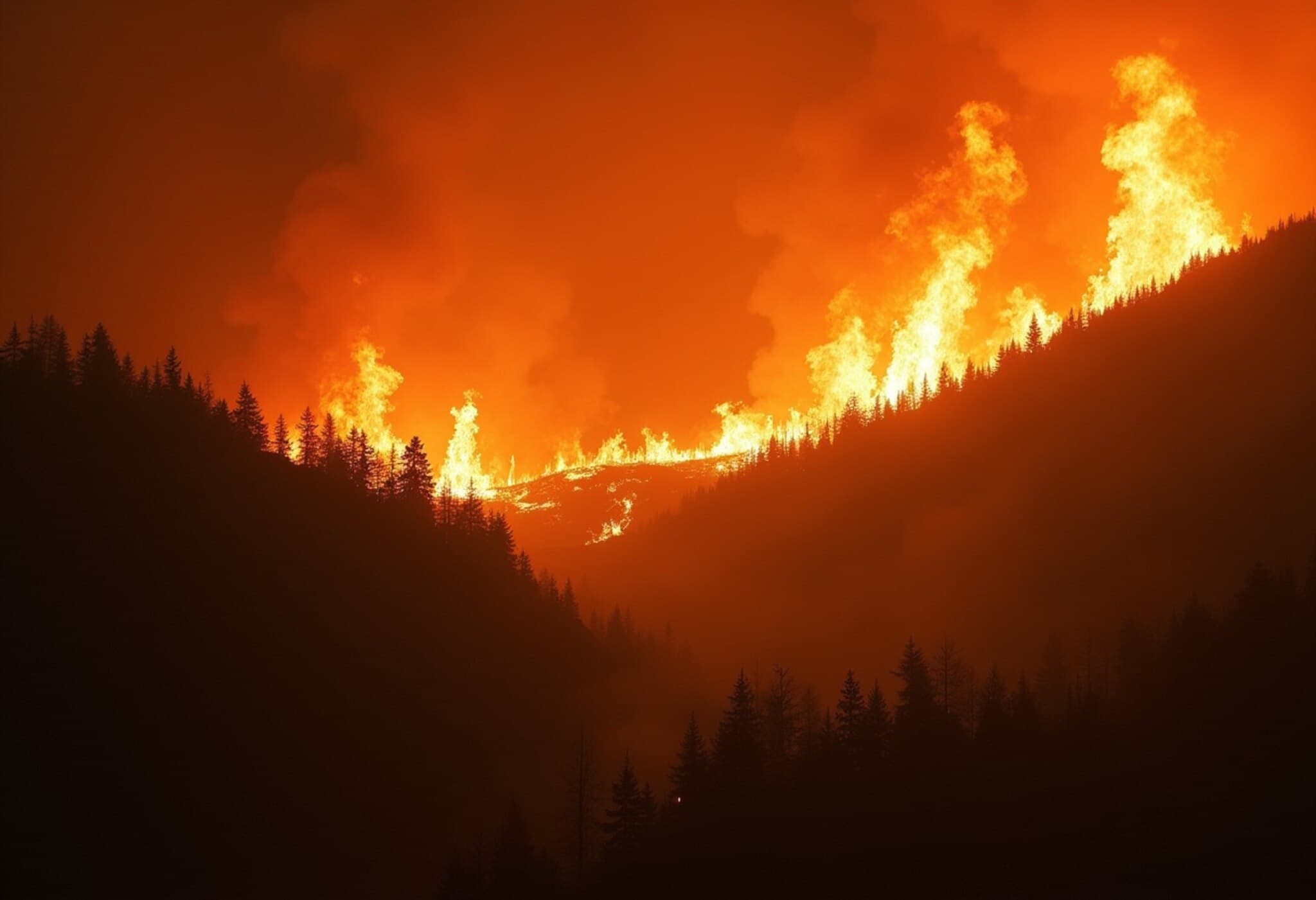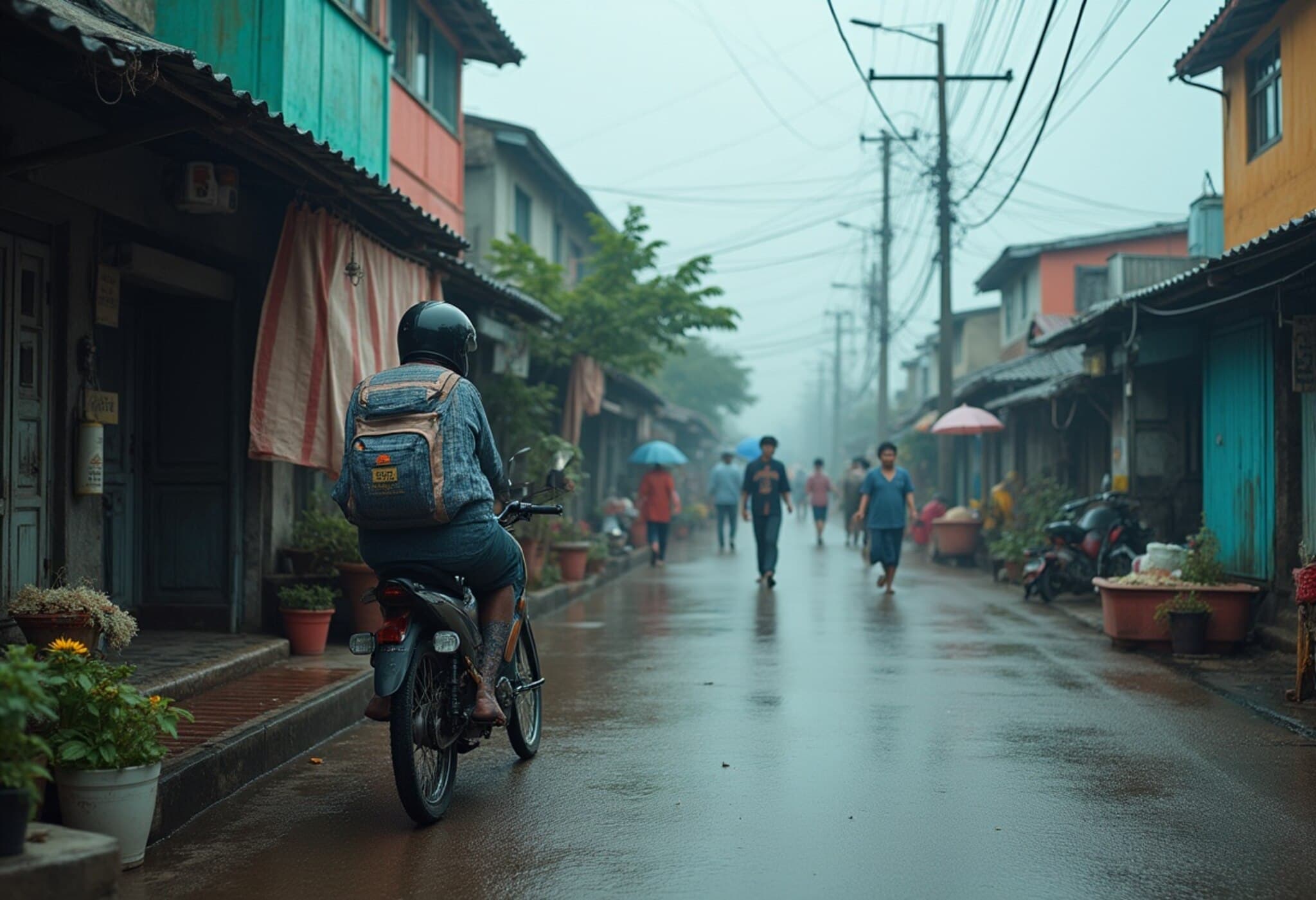South Korea Faces Deadly Floods Amid Record-Breaking Rainfall
South Korea was battered by relentless torrential rains this past week, resulting in the tragic deaths of four people and forcing over 1,000 residents to evacuate their homes in a scramble for safety. The deluge overwhelmed infrastructure and plunged parts of the country into crisis, spotlighting the vulnerability of urban and rural communities alike to increasingly extreme weather events.
Fatalities and Damage Highlight Urgent Risks
According to officials from the Ministry of the Interior and Safety, the havoc began late Wednesday when a 10-meter-high roadside wall collapsed onto a moving vehicle in Osan, just 44 kilometers south of Seoul, killing the driver instantly. Hours later, emergency responders found another victim unresponsive in a flooded car in Seosan, South Chungcheong Province. Efforts to revive the individual were unsuccessful.
As of early Thursday evening, meteorological data showed some regions in South Chungcheong had already recorded over 400 millimeters (15.7 inches) of rainfall within 48 hours. This volume of rain set local records, overwhelming drainage systems and causing widespread flooding that submerged 87 roads and 38 buildings in the city of Gwangju alone within a rapid two-hour window.
Landslide Alerts and Mass Evacuations Raise Alarm
The Korea Forest Service raised landslide warnings to the highest level in multiple regions, including Chungcheong, where steep hillsides and deforested areas became susceptible to debris flows and potential structural collapse. More rain was forecast into Thursday night, exacerbating concerns among emergency planners and residents.
In response, authorities coordinated the evacuation of more than 1,000 people from vulnerable areas. Schools felt the impact as well, with the Ministry of Education reporting that 403 schools were closed and 166 sustained property damage due to the flooding, disrupting education and community life.
Expert Insights: Climate Patterns and Infrastructure Challenges
These events underscore a growing pattern of extreme weather linked to climate change, forcing a reevaluation of flood management and urban planning. Dr. Min-Jae Lee, a climate resilience expert at Seoul National University, explains, "South Korea's increasing exposure to high-intensity rainfall requires innovative infrastructure upgrades and proactive land-use policies. It's not just about reacting to disasters but anticipating them in city design and emergency protocols."
Urban expansion into floodplains, combined with aging drainage systems, further complicates mitigation efforts. Authorities face mounting pressure to invest in green infrastructure, early warning systems, and community education to strengthen resilience against future downpours.
The Human Dimension and Regional Preparedness
Beyond statistics, these floods have disrupted thousands of lives—families displaced, businesses shuttered, and communities grappling with uncertainty. The swift pace of inundation in Gwangju, where dozens of roads and buildings flooded in mere hours, reveals how quickly conditions can deteriorate, leaving little time for preparation.
The South Korean government’s coordinated evacuation efforts and emergency services response helped minimize casualties, but questions remain about long-term strategies to safeguard vulnerable populations, especially the elderly and disabled.
Looking Ahead: What South Korea’s Flood Crisis Teaches Us
- Need for proactive infrastructure investment: Updating drainage and reinforcing vulnerable structures before disaster strikes.
- Improved early warning systems: Harnessing technology to alert residents faster and more effectively.
- Climate adaptation policies: Incorporating changing weather patterns into urban planning and environmental conservation.
- Public engagement and education: Empowering communities to respond swiftly during weather emergencies.
Editor’s Note
The recent torrential rains in South Korea serve as a stark reminder that extreme weather is no longer an anomaly but a pressing challenge reshaping nations' approach to disaster preparedness. How will governments balance rapid urban development with sustainable, climate-resilient infrastructure? What lessons can other nations facing similar climatic threats draw from South Korea’s experience? As climate patterns evolve, so too must our strategies — combining cutting-edge science, community action, and policy foresight to protect lives and livelihoods.




